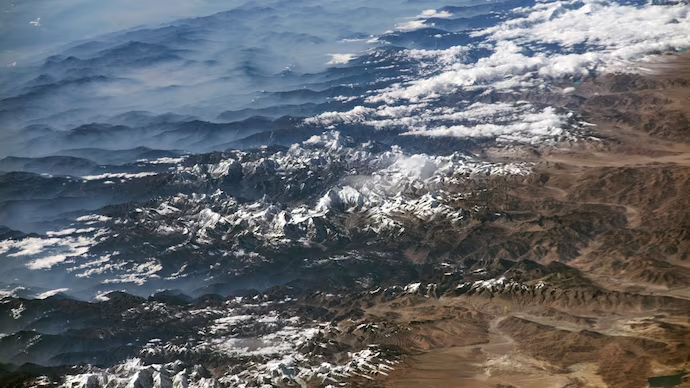Antarctica’s winter sea ice has reached its third-lowest peak in nearly five decades, according to researchers, underscoring the accelerating impact of climate change on the southern polar region.
Each year, the Southern Hemisphere’s winter sees the ocean surrounding Antarctica freeze far beyond the continent, typically peaking in September or October before thawing begins. This year, preliminary data from the US National Snow and Ice Data Center at the University of Colorado Boulder shows the ice reached 17.81 million square kilometers (6.88 million square miles) on September 17, 2025.
The 2025 peak ranks behind only the record-low levels observed in 2023 and 2024, marking a concerning trend in Antarctic sea ice coverage.
Impact of Climate Change
Senior research scientist Ted Scambos explained that while Antarctic sea ice showed slight increases until 2016, warming ocean waters are now mixing into Antarctic coastal waters, driving accelerated ice loss.
Although floating sea ice does not directly contribute to sea-level rise, its retreat reduces reflective surfaces that bounce sunlight back into space, replacing them with dark ocean water that absorbs heat. This process amplifies warming and indirectly threatens the stability of the Antarctic Ice Sheet.
Sea ice also functions as a natural buffer, protecting the ice sheet from ocean waves and reducing the impact of winds, which helps slow long-term sea-level rise. Conversely, melting ice increases atmospheric humidity, potentially bringing more snowfall to the continent. According to Scambos, “Increased snowfall could offset destabilization effects for decades, but long-term warming will eventually cause the ice sheet to shrink.”
Global Implications
The Antarctic Ice Sheet contains enough ice to dramatically raise sea levels, posing a potential threat to low-lying coastal regions worldwide over centuries. Scientists emphasize that continued warming could accelerate ice loss, making monitoring Antarctic sea ice trends crucial for predicting future climate impacts.



0 Comments